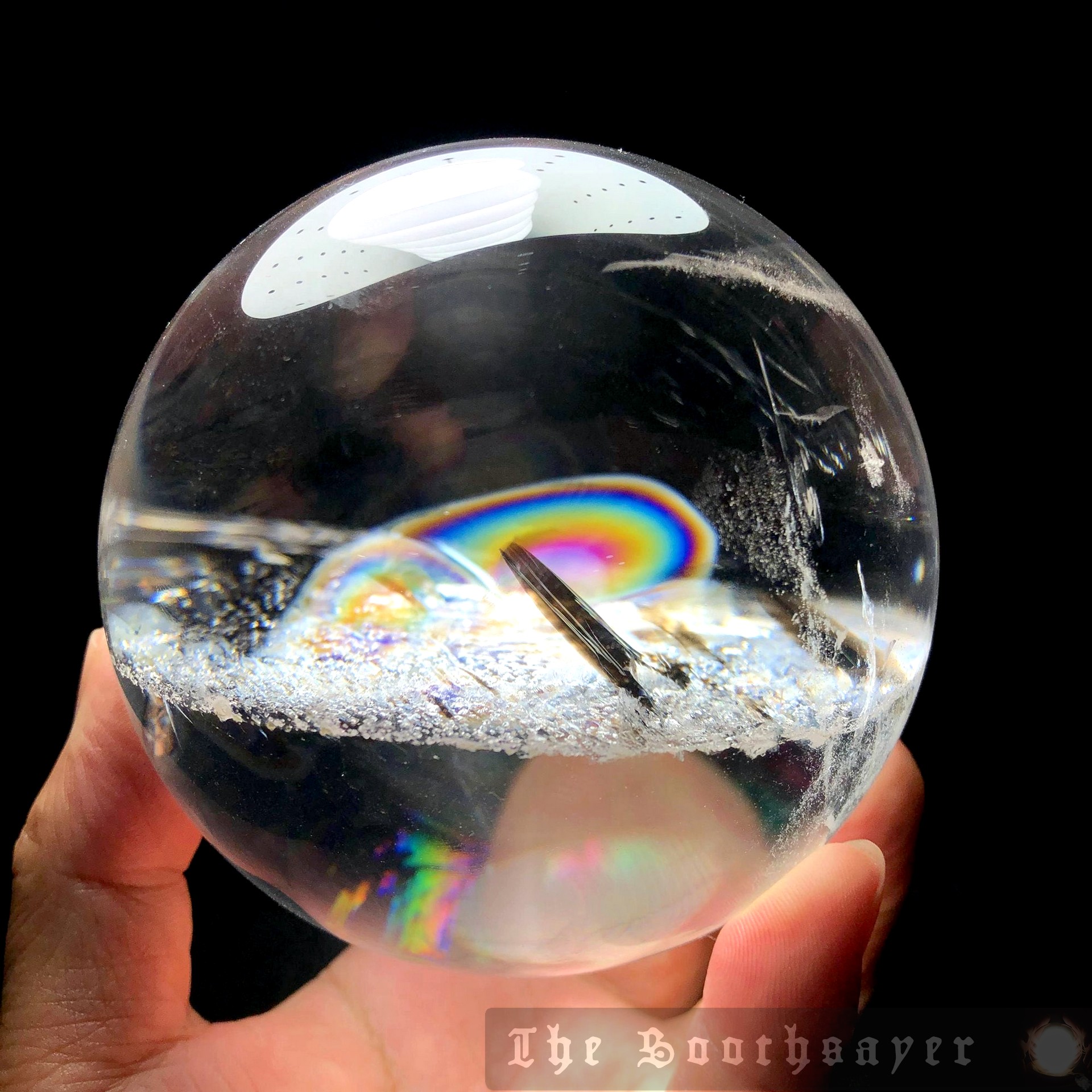Researchers at the University of Calgary have discovered mysterious ribbons of grayish white woven through the northern lights, which are not auroras themselves but may arise through a similar process to the one underlying the mauve light streak known as STEVE. The team found 30 white-laced auroras over Rabbit Lake and Lucky Lake in Saskatchewan…
Science on The Soothsayer / page 5
Scientists at the Massachusetts Institute of Technology (MIT) have made a significant breakthrough in understanding the origins of fast radio bursts (FRBs). By analyzing the FRB 20221022A, they have found evidence that at least one of these cosmic phenomena originated from a region very close to the object that emitted it, challenging existing models of…
Scientists have finally solved the mystery of a giant pterosaur fossil found in Germany, which was initially thought to be a distinct species. After conducting a detailed analysis, researchers concluded that the fossil is actually a larger version of the Rhamphorhynchus species, which lived during the Jurassic Period. The study reveals how pterosaurs may have…
Physicists in the US, Europe, and Korea have successfully produced a long-lasting light-driven magnetic state in an antiferromagnetic material, a breakthrough that could lead to the development of faster and more compact memory and processing devices. The researchers used intense pulses of terahertz-frequency light to control the transition of the material into a metastable magnetic…
Astronomers have discovered a mysterious cosmic flash, dubbed the Platypus, which may link two types of cosmic flares and offer a new way to understand the origins of supermassive black holes. The event, observed in a dwarf galaxy 6.5 billion light-years from Earth, has characteristics of both tidal disruption events and luminous fast-blue optical transients….
Physicists in Germany have made a groundbreaking discovery by developing a new way to define the standard unit of electrical resistance. The new technique, based on the quantum anomalous Hall effect, does not require the use of applied magnetic fields, making it a significant improvement over the current method. This breakthrough could lead to the…
The recent devastating wildfires in Los Angeles have left over two dozen people dead and destroyed over 10,000 structures and homes. As survivors return to their charred homes or await permission to reenter their neighborhoods, they face tremendous uncertainty about their future. Experts warn that the emotional trauma of the disaster will have long-term effects…
Researchers at Stanford University and Columbia University have made groundbreaking discoveries in using nanocrystals to measure tiny forces on tiny length scales. The breakthroughs, published in Nature, could revolutionize biomedical research, enabling scientists to study forces involved in processes such as stem cell differentiation. The techniques, which utilize the optical properties of nanocrystals, have the…
Mathematicians have long relied on calculus to understand the world around us, but a groundbreaking discovery by Karl Weierstrass in 1872 shook the foundations of the subject. Weierstrass’ “monster function” revealed that continuity does not imply differentiability, forcing mathematicians to re-examine their understanding of calculus. This breakthrough has far-reaching implications for fields such as physics,…
Scientists are racing against time to assess the risk of debris flows in areas scorched by the recent Los Angeles wildfires. With heavy rainfall forecasted in the region, emergency planners and responders are on high alert, as debris flows can be devastating and are often triggered by intense wildfires. The terrain in the affected areas…










